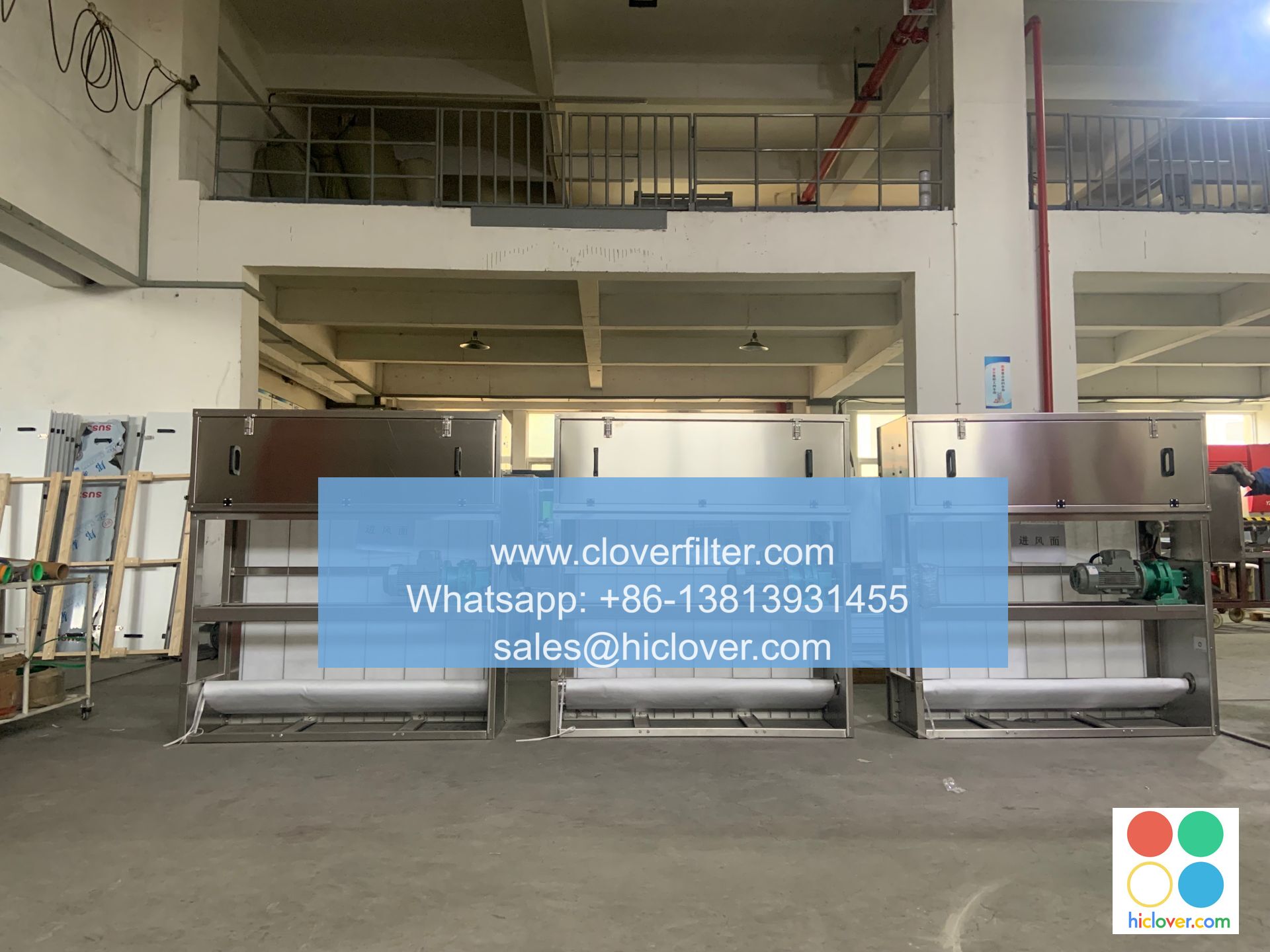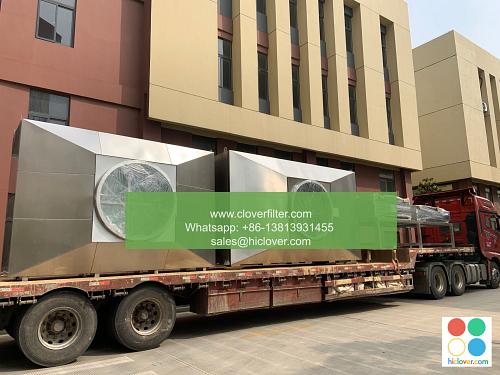Air Filter Production Process: From Design to Delivery

Air Filter Production Process: From Design to Delivery
Air filters play a crucial role in various industries, including HVAC, industrial, and automotive sectors. The production process of air filters involves a series of steps, from design to delivery, to ensure that the final product meets the required standard of performance, quality, and efficiency. In this article, we will explore the air filter production process, highlighting key considerations, and its various applications in different industries.
Design and Prototyping
The air filter production process starts with the design and prototyping phase. This stage involves:
- Identifying the specific requirements of the application, such as air quality, pressure drop, and contaminant removal
- Creating 2D and 3D designs using computer-aided design (CAD) software
- Developing prototypes for testing and validation
- Conducting experiments and simulations to optimize the design
Material Selection and Manufacturing
Once the design is finalized, the next step is to select the suitable materials and manufacturing process. This involves:
- Choosing the right filter media, such as fiberglass, polyester, or HEPA (High Efficiency Particulate Air)
- Selecting the correct frame material, such as plastic, metal, or aluminum
- Applying the manufacturing process, such as pleating, folding, or cutting
- Quality control measures, including testing and inspection to ensure compliance with industry standards
Filter Assembly and Testing
After the filter components are manufactured, they are assembled and tested to ensure that they meet the required specifications. This stage includes:
- Assembling the filter elements, including attaching the frame, filter media, and any additional features, such as sensors or valves
- Conducting functional testing, including pressure drop, airflow, and contamination testing
- Performing any necessary adjustments or modifications to meet the required performance standards
Packaging and Shipping
Once the air filters are tested and ready for use, they are packaged and shipped to customers. This stage involves:
- Packaging the filters in individual units, boxes, or containers
- Labeling and tracking each unit with relevant information, such as product details, serial number, and expiration date
- Shipping the filters to customers, which may involve transportation, storage, and handling
Key Applications and Industries
Air filters are widely used in various industries, including:
- HVAC (Heating, Ventilation, and Air Conditioning): Air filters are used to improve indoor air quality in commercial and residential buildings.
- Industrial: Air filters are used in industrial processes to remove contaminants, dust, and pollutants from the air.
- Automotive: Air filters are used in vehicles to improve fuel efficiency, reduce emissions, and maintain air quality.
- Aerospace: Air filters are used in aircraft to remove contaminants and ensure a clean air supply.
Conclusion
The air filter production process involves multiple stages, from design to delivery, to ensure that the final product meets the required standard of performance, quality, and efficiency. Understanding the different stages and considerations involved in the production process can help to ensure that air filters are designed and manufactured to meet the specific needs of various industries and applications.
I’m ready to assist you. What’s the prompt you’d like to discuss or task you have in mind?

